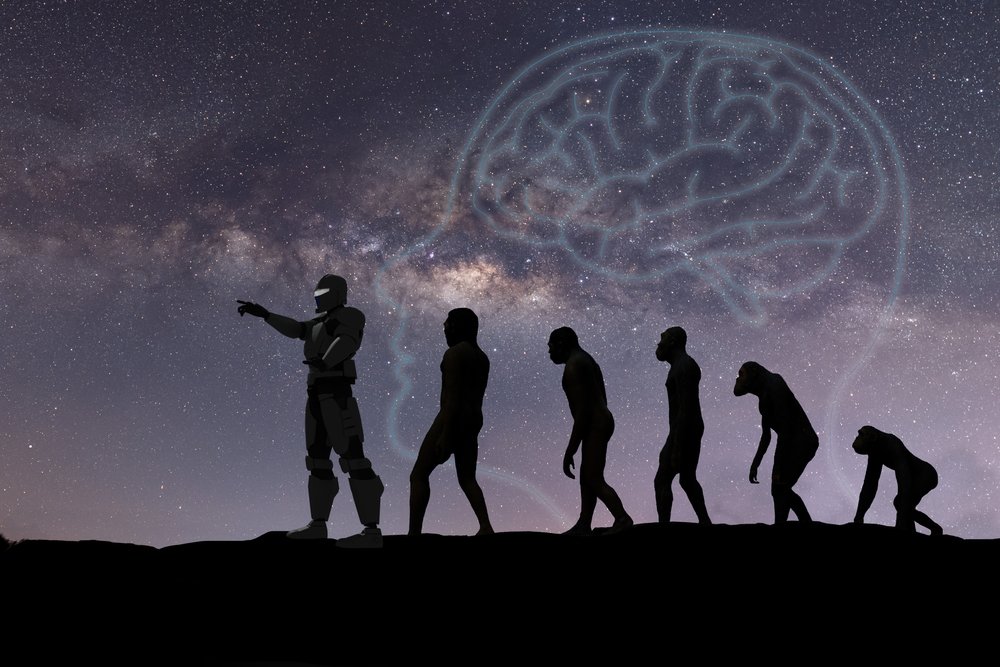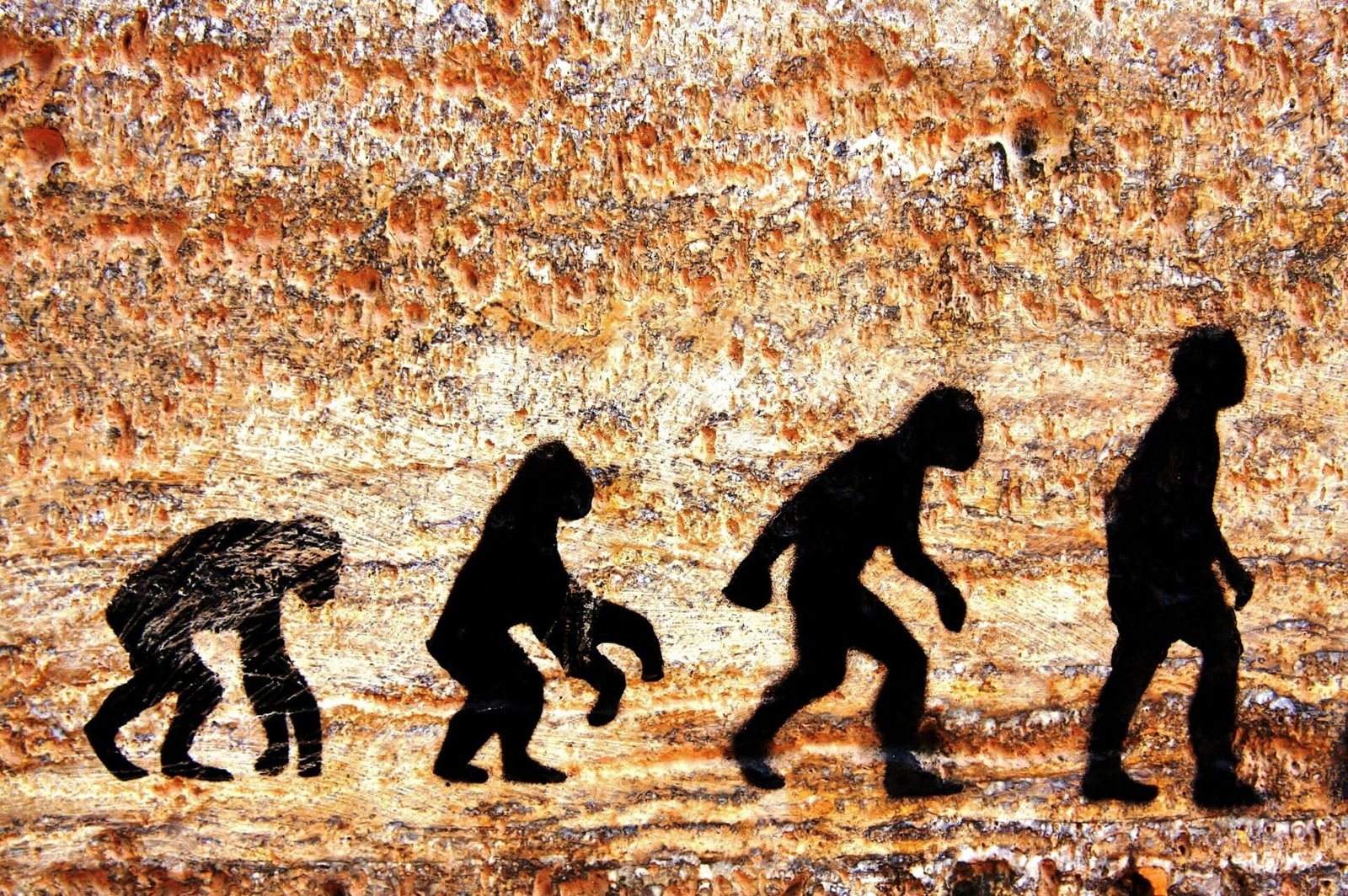Human evolution is a fascinating and complex story that spans millions of years, marked by significant changes in anatomy, behavior, and cognition. Understanding where we come from can provide insight into who we are today. This article will explore the evolutionary journey of Homo sapiens, our species, tracing its ancestral roots through key evolutionary milestones, major fossil discoveries, and genetic evidence.
1. The Beginnings: From Primates to Early Hominins
Our story begins with primates, the group of mammals that includes monkeys, apes, and humans. Around 7 million years ago, a common ancestor of both humans and chimpanzees lived in Africa. This was a pivotal period when the first hominins—species more closely related to humans than to chimpanzees—began to emerge. One of the earliest known hominins is Sahelanthropus tchadensis, discovered in Chad and dating back about 7 million years. It had a mix of ape-like and human-like features, suggesting it might have been one of the earliest species to walk on two legs.
2. The Advent of Bipedalism: Walking on Two Legs
Bipedalism, or walking on two legs, is one of the defining characteristics of hominins. It is thought to have evolved in response to changing environments, as African forests began to recede and open savannas expanded. Walking upright would have helped early hominins see over tall grasses, use their hands to carry food or tools, and reduce their exposure to the sun. The famous fossil “Lucy,” an Australopithecus afarensis discovered in Ethiopia and dating back about 3.2 million years, provides strong evidence of early bipedalism. Lucy’s skeletal structure shows a mix of adaptations for both climbing trees and walking on two legs.
3. The Rise of the Genus Homo: The Dawn of Toolmakers
Around 2.4 million years ago, a new genus called Homo appeared. The earliest member, Homo habilis, is often referred to as the “handy man” because of its association with some of the earliest known stone tools. These tools mark the beginning of the Paleolithic era and signify a major leap in cognitive abilities. Homo habilis had a larger brain compared to earlier hominins, suggesting the development of more complex thought processes, problem-solving abilities, and perhaps even rudimentary language skills.
4. The Spread of Homo Erectus: Global Explorers
One of the most successful early human species was Homo erectus, which emerged around 1.9 million years ago. Homo erectus was the first hominin to leave Africa, spreading across Asia and reaching as far as Indonesia and possibly Europe. This species had a more modern body structure and a larger brain, indicating further advances in tool use, social behavior, and perhaps even the control of fire. The discovery of Homo erectus fossils like “Java Man” and “Peking Man” has provided valuable insights into the adaptability and resilience of early humans.
5. The Appearance of Homo Sapiens: Our Direct Ancestors
Our own species, Homo sapiens, first appeared in Africa around 300,000 years ago. Fossils like those from Jebel Irhoud in Morocco show early Homo sapiens with a combination of modern and archaic features. What set Homo sapiens apart was not just physical characteristics but also the development of complex language, art, and symbolic thinking. These cognitive abilities allowed for more sophisticated social structures, technological innovations, and cultural expressions, which played crucial roles in our survival and success.
6. Interbreeding with Other Species: The Neanderthal Connection
As Homo sapiens began to migrate out of Africa around 70,000 years ago, they encountered other human species, such as the Neanderthals in Europe and the Denisovans in Asia. Genetic evidence shows that interbreeding occurred between these groups, leaving traces of Neanderthal and Denisovan DNA in modern non-African populations. This interbreeding may have provided adaptive advantages, such as improved immunity to local diseases.
7. The Cognitive Revolution: Art, Language, and Culture
Around 50,000 years ago, a significant change occurred in the cognitive abilities of Homo sapiens, known as the Cognitive Revolution. This period saw the emergence of sophisticated language, which allowed for more complex communication and the transmission of knowledge across generations. The production of art, such as cave paintings in Lascaux, France, and carved figurines, indicates a capacity for symbolic thought and abstract thinking. These developments were crucial for the creation of complex societies, trade networks, and cultural traditions.
8. The Agricultural Revolution: Changing the Course of Human History
Around 10,000 years ago, the Agricultural Revolution began to transform human societies. The domestication of plants and animals led to the development of permanent settlements, the rise of cities, and the eventual formation of civilizations. This shift from a nomadic hunter-gatherer lifestyle to a sedentary farming-based existence had profound effects on human health, social structures, and the environment. It marked the beginning of the Anthropocene, a new epoch characterized by significant human impact on the Earth’s geology and ecosystems.
Conclusion: Understanding Our Ancestral Roots
The journey of Homo sapiens from early hominins to modern humans is a testament to the adaptability and resilience of our species. By studying our evolutionary past, we gain insights into the biological and cultural factors that have shaped who we are today. While many questions remain about our origins, ongoing research in paleoanthropology, genetics, and archaeology continues to shed light on the fascinating story of human evolution.
FAQs
Q1: What is the oldest known human ancestor?
The oldest known human ancestor is Sahelanthropus tchadensis, which lived around 7 million years ago. It had both ape-like and human-like features, suggesting it was one of the earliest species on the human lineage.
Q2: Why is bipedalism important in human evolution?
Bipedalism, or walking on two legs, is important because it freed the hands for tool use, allowed early humans to cover long distances more efficiently, and helped them see over tall grasses in savanna environments.
Q3: What distinguishes Homo sapiens from other human species?
Homo sapiens are distinguished by their large brains, complex language, ability for symbolic thought, and cultural expressions such as art and religion. These traits enabled the development of complex societies.
Q4: Did modern humans interbreed with other human species?
Yes, modern humans interbred with Neanderthals and Denisovans. This interbreeding has left traces of Neanderthal and Denisovan DNA in modern non-African populations.
Q5: What was the Cognitive Revolution?
The Cognitive Revolution, occurring around 50,000 years ago, refers to a dramatic increase in the cognitive abilities of Homo sapiens, leading to the development of complex language, art, and culture.
Q6: How did the Agricultural Revolution change human societies?
The Agricultural Revolution, around 10,000 years ago, led to the domestication of plants and animals, the establishment of permanent settlements, and the rise of civilizations. It fundamentally changed human diets, social structures, and the environment.



